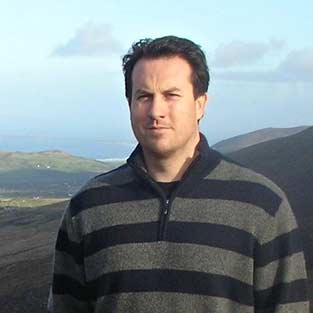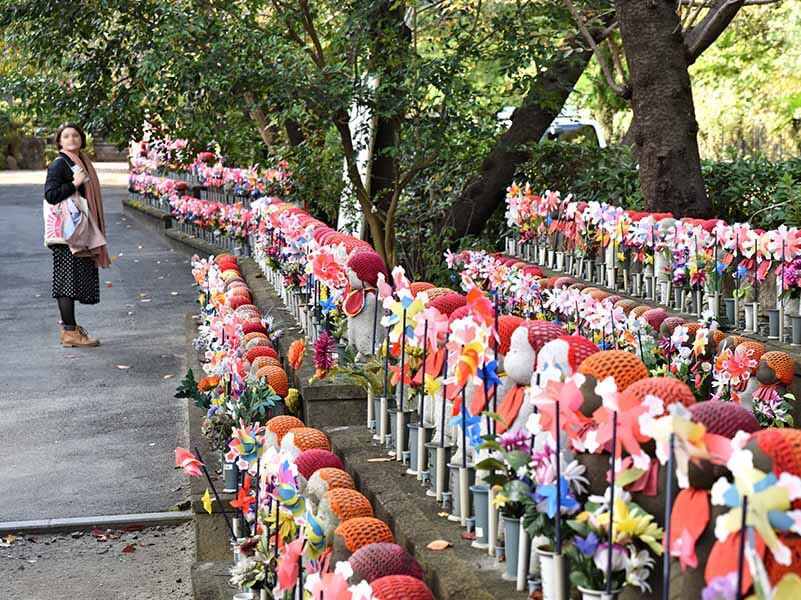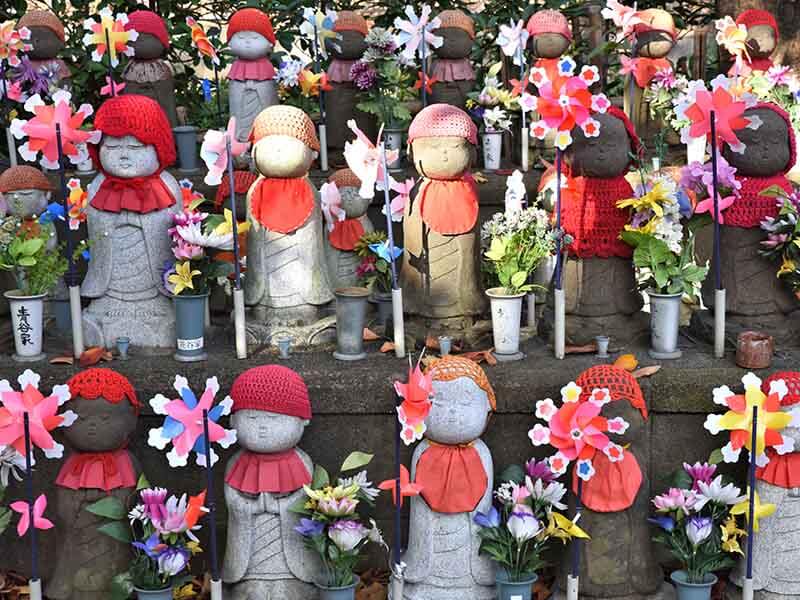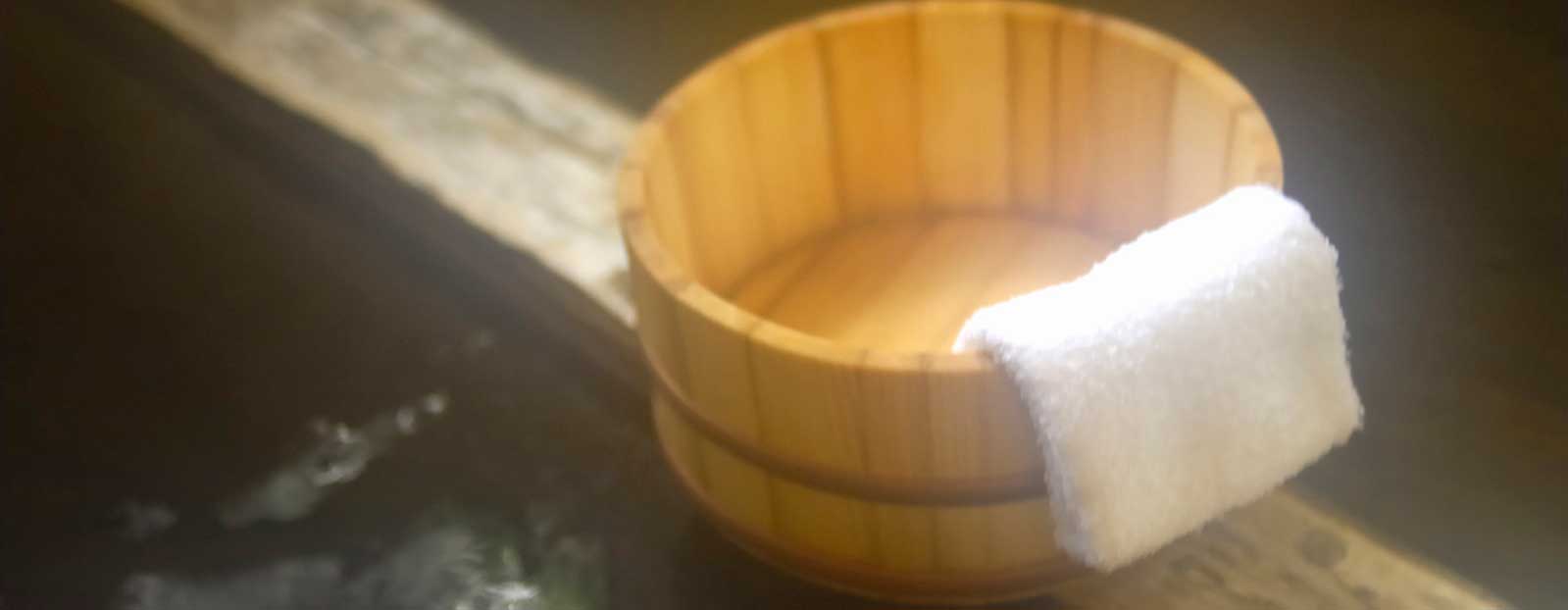
By Ronan O'Connell
Travel Writer5 Mar 2020 - 5 Minute Read
I am terrified of a sound. I’ve tried to forget it, tried to evade it, tried to make peace with it. But every time I remember it – every time it reverberates through my mind – I’m crushed all over again. How can so much pain, disillusionment, and devastation be prompted by one short burst of noise?
This is how.
My wife Rungtiwa and I desperately wanted to have children. As we entered our mid-30s, we were aware this aim was increasingly elusive. Rungtiwa, in particular, was becoming fearful that we may never succeed. She’d achieved some tremendous things in her life, from earning a university degree, to forging an impressive career and being a wonderful daughter, sister, and friend. Becoming a mother, though, had always been the pinnacle.
That is why she made that sound – the scream that haunts me – as three years of trying for a child resulted only in a second miscarriage. Now, the memories of those two harrowing moments are weighing me down as I approach one of the saddest sites in Japan.
Here, in a 600-year-old temple in downtown Tokyo, is the Garden of Unborn Children. I was meant to visit yesterday, and the day before. But I kept finding excuses not to go, protecting myself from the misery I knew it would cause. Today is my last day in Japan, so I have to face it.

I walk through the intricately carved wooden entrance to Zojoji Temple, a sprawling Buddhist complex, over which looms the modern, steel figure of Tokyo Tower. My pulse is soaring. I look to the right of the temple, in a quiet corner, and see what I’ve been avoiding.
Tears well in my eyes as I see hundreds of tiny statues, decorated by people just like me – the parents of children who never arrived in this world due to miscarriages or being stillborn. These stone idols, which look like kids wearing red hats and aprons, are actually representations of Jizo. This Japanese Buddhist deity is said to protect unborn babies as they pass to the afterlife.
There are Jizo gardens like this all across Japan, helping parents to try to cope with the anguish of an unsuccessful pregnancy. This is a pain which, for most people, never recedes. I’ve often wondered just when I will come to peace with the miscarriages Rungtiwa and I suffered. Even now that we have a healthy young boy, the torment lingers.

I’m revisiting this troublesome thought as I pass beneath the small wooden pagoda that marks the entrance to the garden. Here, this concept – of endless grief – suddenly becomes personified. At the bottom of a row of Jizo statues, a Japanese woman is bent over, one hand resting on the deity’s shoulder and the other covering her mouth. She’s trying to muffle the sound of her sobbing.
She senses my presence and looks up. Mortified to have intruded upon her private moment of grief, I turn and walk away, but we make eye contact long enough for me to see that she’s at least in her 60s. “How long,” I think to myself, “has she been trying to deal with this despair?”
Then I notice the trinkets that sit next to some of these Jizo statues – tiny pacifiers, toy figurines, candy packets, plastic flowers, and colorful pinwheels. They’re left by Japanese parents, asking the deity to guide their unborn child.
In Japanese mythology, such children can find themselves stuck in Sai No Kawara, a place of limbo. Each day these babies must make a tower of stones, only for it to be knocked down by evil spirits. Jizo repels these demons and helps the children complete this task, so their souls can move on and find peace.

This was what I’d read in my hotel room, just before coming here today. Now, I’m standing in front a Jizo statue, which, for some reason, attracted my attention among hundreds of others, and begging for help. “Please look after them,” I ask Jizo of our miscarried children. “Please tell them how badly we wanted them, how greatly we miss them, how much it hurts never to have met.”
Crying in public is terribly uncomfortable. As a large, conspicuous man in a foreign country, it’s especially awkward. So, I strain, tightening my muscles in an effort to shackle my sorrow. Then, like a gunshot piercing the air, that horrendous sound tears through my mind. I’m back in a Bangkok pregnancy ward, trembling and helpless, as Rungtiwa wails in agony. I feel like I’ve lived this moment thousands of times. Never does it get less distressing. As a last resort, I’m putting my trust in Jizo. Please, give us understanding. Please, guide the babies we lost. Please, silence that sound.
Discover similar stories in
transformation
Travel Writer
Ronan is a journalist and photographer with 16 years of experience as a reporter.




2 Comments
I was mesmerized by this heart wrenching account of a heart constantly reliving the agony of losing an unborn child. Bring amidst other sufferers is aid to help understand the pain by suffering together and Dahli Lhama suggests it helps to lesson the pain. I too have lost a child, my baby who at 18years old, took his life by suicide. I feel the agony and pray their precious souls will carry on In the world, helping others and indeed, with no pain themselves. I admire your courage by going to the Buddhist Temple in Japan, knowing this would be a difficult experience, yet hopefully a heal8 g one. My condolences to,you and your wife and congratulations to you both for the new life of your child. Sincerely louise
Your stories are always so heart-wrenching.